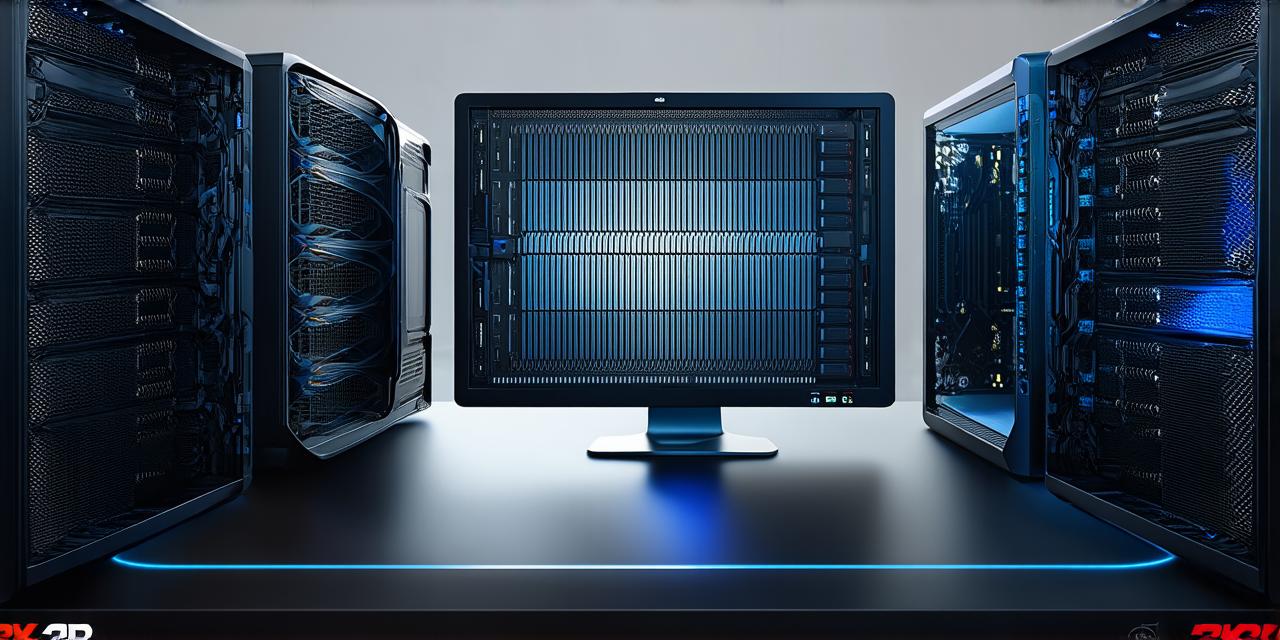Introduction
Are you tired of dealing with unreliable web hosting providers? Do you want more control over your website’s performance and security? Look no further than creating your own web hosting server. In this guide, we will walk you through the process of setting up a dedicated server and managing it like a pro.
Choosing a Dedicated Server Provider
The first step in creating your own web hosting server is to choose a dedicated server provider. There are many providers to choose from, each with their own strengths and weaknesses. Here are some factors to consider when choosing a dedicated server provider:
- Price: Dedicated servers can be expensive, so it’s important to compare prices from multiple providers to find the best deal. Be sure to consider the cost of hardware, software, maintenance, and support.
- Hardware: The quality of the hardware is critical for performance and reliability. Look for a provider that offers high-quality servers with fast processors, plenty of RAM, and large amounts of storage space.
- Support: Good customer support is essential when managing a dedicated server. Choose a provider that offers 24/7 support via phone, email, or live chat. They should also have a knowledge base or documentation to help you troubleshoot issues.
- Network: A reliable network connection is crucial for fast loading times and uptime. Look for a provider with a low latency network and multiple data centers located close to your target audience.
Setting Up a Dedicated Server
Once you’ve chosen a dedicated server provider, the next step is to set up your server. The process can vary depending on the provider and the operating system you choose, but here are the general steps:
- Order the server: Place an order for the dedicated server with your chosen provider. You will need to specify the hardware configuration, such as CPU, RAM, storage, and network interface cards (NICs).
- Wait for delivery: Wait for your server to be delivered to your data center. Once it arrives, you can connect it to the power and network infrastructure.
- Install the operating system: Install the operating system on your server. Popular options include Linux (Ubuntu, CentOS, Debian) and Windows Server. The installation process varies depending on the operating system.
- Configure the web server software: Once the operating system is installed, you can configure the web server software. Popular options include Apache, Nginx, and Microsoft IIS. You will need to install and configure the software, as well as any necessary plugins or modules.
- Transfer your website files: Transfer your website files from your old hosting account to your new dedicated server. This may involve using an FTP client or a migration tool provided by your web hosting provider.
- Update DNS records: Update the DNS records for your domain name to point to your new dedicated server’s IP address. This may take 24-48 hours to propagate.
- Test your website: Test your website to ensure that it is working correctly and loading quickly. You may need to tweak server settings or optimize your website files to improve performance.

Configuring the Web Server Software
The web server software is responsible for serving web pages to visitors. The configuration of the web server software can have a significant impact on website performance and security. Here are some key settings and configurations you should consider:
- Server settings: Configure
